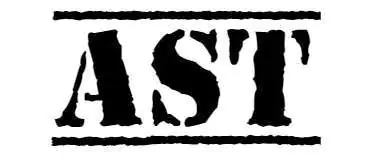The Income Tax Bill 2025 will enter into effect on April 1, 2026 through its modernized enforcement system by providing officers increased raiding abilities to immediately seize digital assets and attach properties. The new legislation intends to simplify reporting requirements through digital compliance standards.
Key Highlights:
- Enhanced Digital Surveillance: The tax enforcement authority performs digital surveillance of email, social media, online banking, cloud storage, digital wallets, and other forms through the streamlined procedures set by Section 247. The move from paper-based records to digital evidence enhances anti-tax-evasion efforts however it introduces major privacy issues and safety concerns regarding data protection.
- Immediate Property Attachment: The recent tax regulation gives officials power to attach properties during a search while preventing potential sales or transfers for six months. The implementation policy stands as a direct contrast to earlier procedures which demanded distinct permission processes along with delayed formalities.
- Virtual Attachment: The new “virtual attachment” framework enables law enforcement authorities to place non-physical restrictions on asset transfers of property along with shares bonds and real estate assets. During investigations, the legal lockdown prevents any attempted asset escape attempts from altering their status.
- Taxpayer Rights and Oversight: All enhanced enforcement tools maintain taxpayer rights according to Article 21 of the Constitution and data protection laws. Despite concerns about privacy protection the Central Board of Direct Taxes (CBDT) plans to produce detailed procedures to maintain both effective enforcement practices and privacy protection measures.
The new legal structure supports modern financial data management systems yet requires proper oversight mechanisms to stop any misuse that might occur. Being updated about these changes becomes essential for both compliance and digital financial privacy protection.




